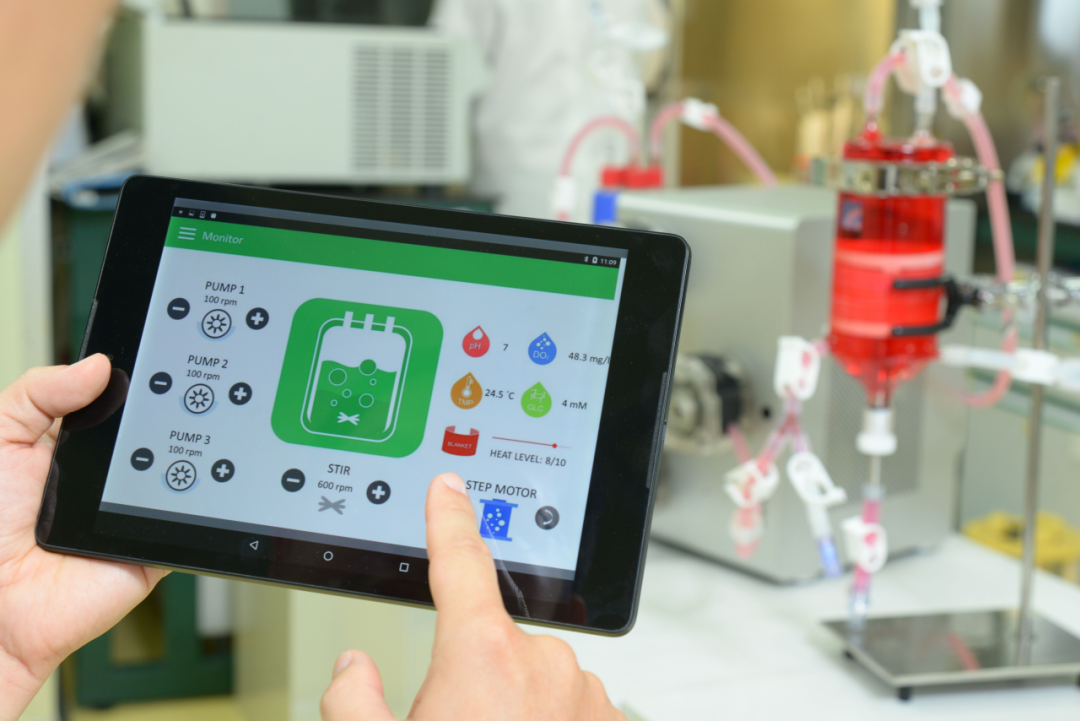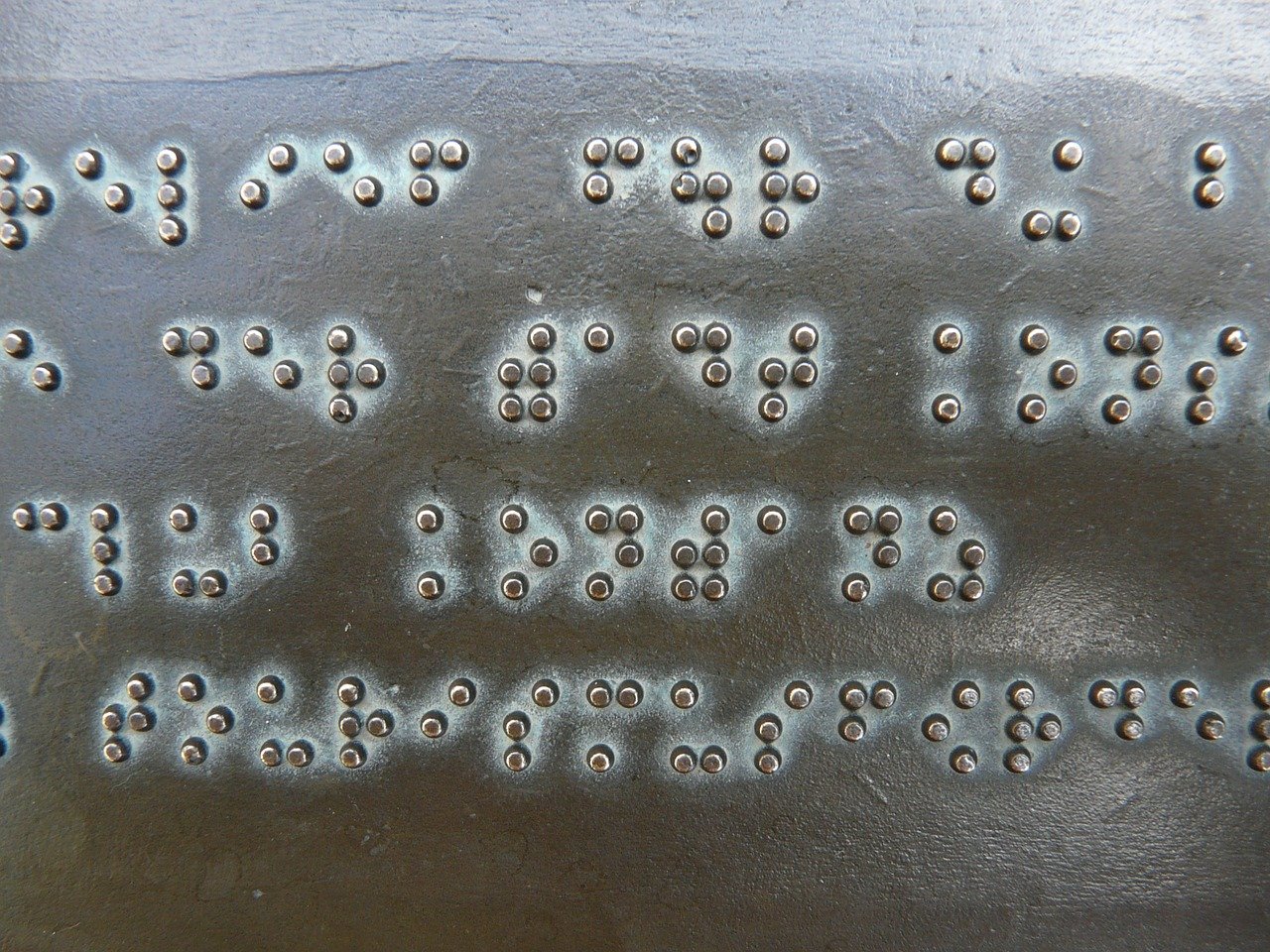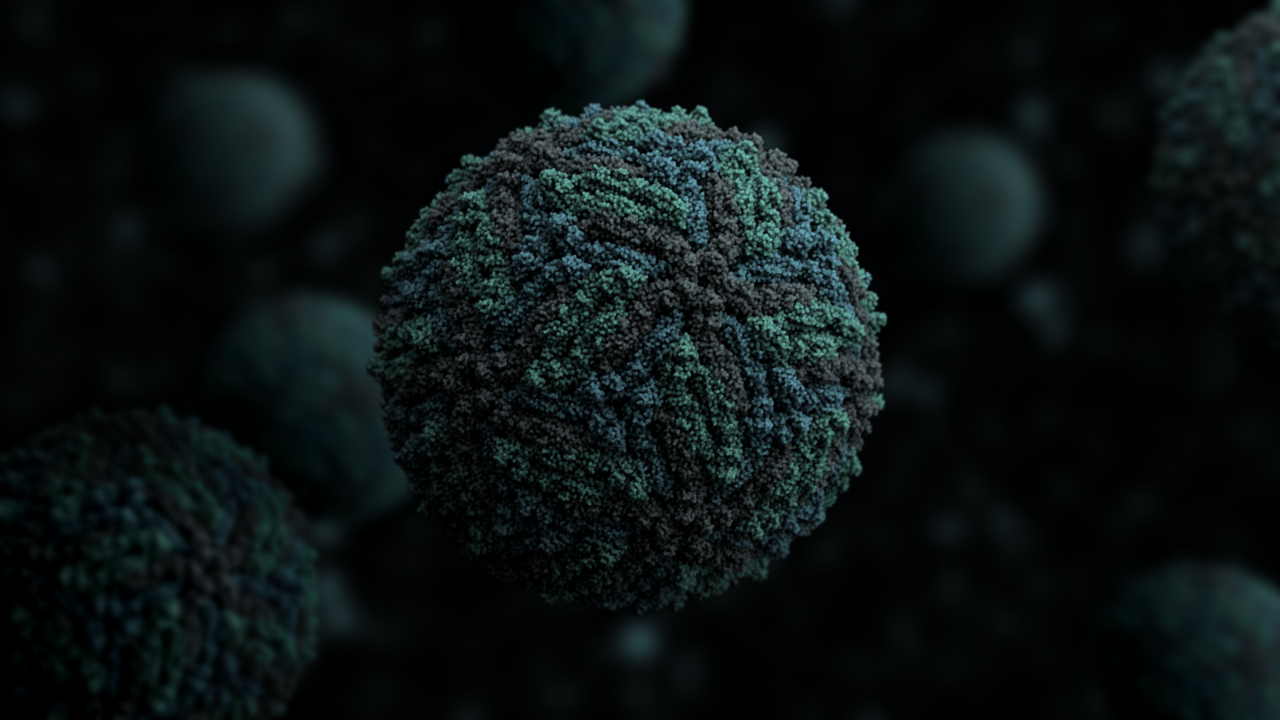
ITRI’s Cytotwister Increases Stem Cell Harvest up to 10,000 Percent and Decreases Cost up to 90 Percent over Current Monolayer and 3D Structures
- News
- 1.5K
ITRI introduced Cytotwister, a stem-cell culture system that harvests the highest number of clinical-grade stem cells possible at the lowest possible cost for treatment of chronic illnesses. Cytotwister is the only stem-cell culture system that transforms 3D carrier structure for maximum growth to a 2D structure for maximum harvesting; it solves the problem of harvesting cultured cells within the recesses of 3D carriers that were impossible to access and were therefore lost in 3D carriers until now. Applications of stem-cell treatment include autoimmune diseases, cancer research, protein production, tissue regeneration, cardiovascular disease, neurological disorders, osteoarthritis, rheumatoid arthritis, lupus, systemic sclerosis, multiple sclerosis, diabetes and other chronic illnesses that can be addressed with the self-regeneration and repair derived from stem cells.

Cytotwister transforms 3D carrier structure for maximum growth to a 2D structure for maximum harvesting and needs fewer donors due to vastly increase the number of cells harvested. 2D harvesting with Cytotwister requires less labor than 3D harvesting, and the carrier is inexpensive and disposable after use, requiring no maintenance. Cytotwister’s advantages for cell culture include easy control over various environmental factors such as temperature, PH, nutrition supply and glucose concentration that result in experimental variants as well as individual differences between experimental models. This level of control reduces the labor, material resources and time to culture and harvest cells.
Using Cytotwister to culture and harvest stem cells, a single stem-cell donation from one donor, such as one gram of fat tissue, can provide enough stem cells to treat up to 1,000 patients. Cytotwister also reduces the risk of stem-cell donation, because it requires smaller samples than other 3D and 2D approaches due to its ability to massively replicate and harvest stem cells.
“Stem cells are extremely scarce, but many are required for treatment. Until now, one of the main problems in the cell-product industry was how to rapidly and cost-effectively obtain the massive amount of clinical-grade stem cells enabling treatment. Cytotwister provides an adequate number of stem cells for disease treatment, reduces the required number of donors and associated costs, and reduces labor and costs compared to current monolayer and 3D methods of cell harvesting. A steady supply of stem cells will expand and improve stem-cell treatment, cure more diseases for more people, and improve our well-being,” said Dr. Hsin-Hsin Shen, Division Director of ITRI’s Biomedical Technology and Device Research Laboratories.
Cytotwister features a breakthrough carrier design that destroys a 3D cell-culture structure to a 2D structure with more than 70-percent healthy cell recovery rate, a vast improvement over current 3D harvest methods with a 40-to-70-percent recovery rate. All 3D structures harvest more stem cells than traditional 2D spatial culture, also known as monolayer cell culture, due to the increased surface area that 3D provides for adherence and growth of many cells; however, until now it was not possible to convert 3D to 2D structures, which provide a maximum surface area for cell harvesting. The secretory product collection method used for other 3D structures cannot access or harvest many of the cultured cells inside a 3D structure, while the cells are relatively easy to harvest when Cytotwister exposes the recesses of a 3D structure in 2D.
Cytotwister initially is a 2D structure composed of fiber polymers compressed to form a 3D structure, thereby increasing the surface area for cell adhesion and growth during cell culture. When the stem cells have multiplied to the required quantity and are ready for harvesting, the 3D structure of the cell culture carrier is unlocked by destroyed back to a 2D structure. The 2D structure exposes the inside cells of the 3D structure and increases the area for cells to function with the enzyme, thereby allowing cells growing on the carrier to function evenly with the enzyme, as well as to easily break away, thus optimizing cell recovery and survival rates.
Cytotwister is currently a finalist for the R&D 100 Awards in the United States.
ITRI
The Industrial Technology Research Institute is one of the world’s leading technology R&D institutions aiming to innovate a better future for society in Taiwan.


